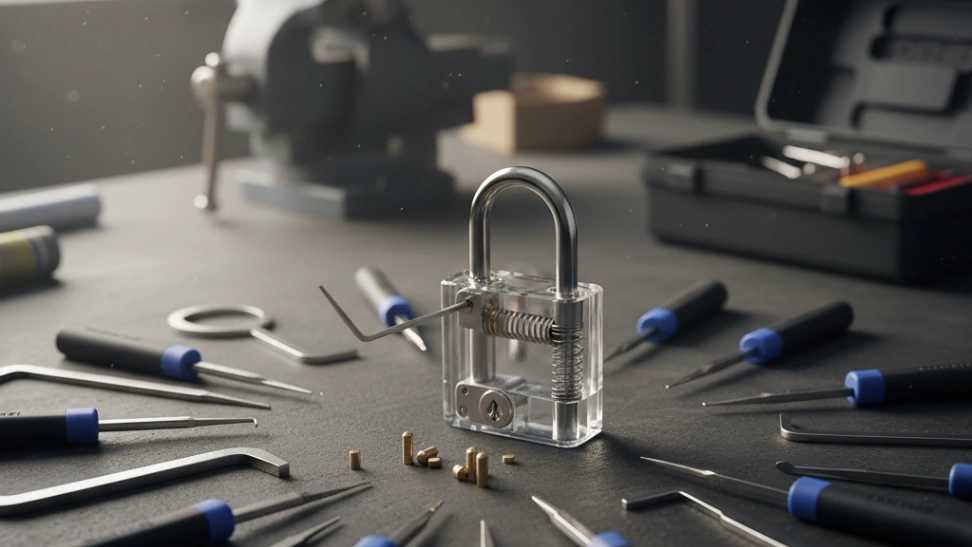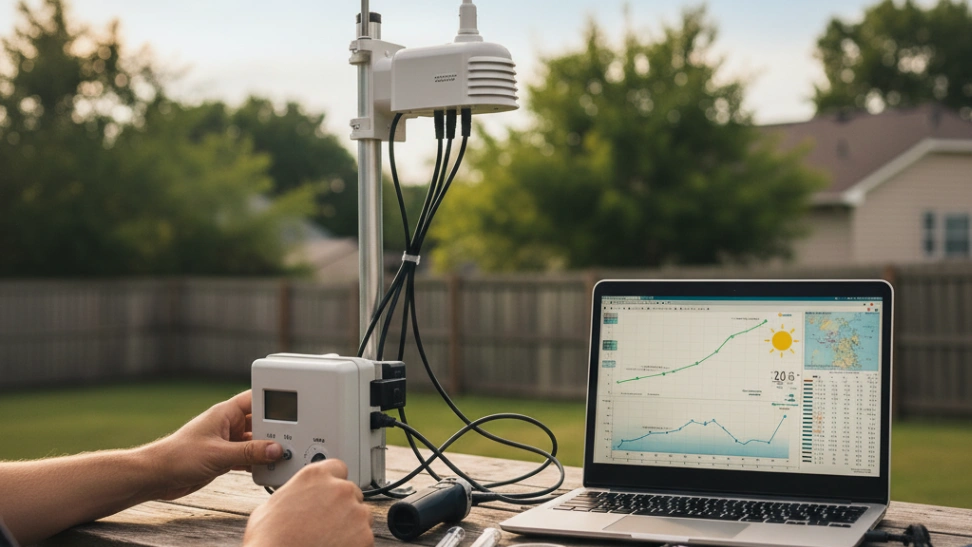At its core, lock picking often involves understanding the pin tumbler mechanism, the most common type of lock found in homes and businesses worldwide. Inside such a lock, a series of pins, typically split into two parts (a driver pin and a key pin), must be aligned perfectly to allow the cylinder to turn. When the correct key is inserted, it lifts each pin pair to a specific height, creating a sheer line where the two parts of the pin align with the cylinder's rotational axis. A lock picker uses specialized tools – a tension wrench to apply slight rotational pressure to the cylinder and a pick to manipulate individual pins. The tension wrench helps the picker feel when a pin binds, indicating it's preventing the cylinder from turning. The pick is then used to lift that binding pin to its correct sheer line, where it "sets" with an almost imperceptible click. This process is repeated for each pin until all are set, and the cylinder is free to turn, opening the lock. This delicate dance of feeling, setting, and releasing tension requires immense focus and an intuitive understanding of the lock's internal geometry. Techniques like "raking" involve quickly scrubbing a pick across the pins to try and set multiple pins simultaneously, while "single-pin picking" (SPP) involves meticulously addressing each pin individually, offering a deeper understanding of the lock's specific intricacies.
The history of locks and, subsequently, lock picking, spans millennia. Early locks, dating back to ancient Egypt and Babylon around 4000 BC, were simple wooden mechanisms that used pins to secure a bolt. As locks became more sophisticated, so did the methods to bypass them. The Romans introduced metal locks, and by the 18th century, inventors like Robert Barron and Joseph Bramah in England began developing more complex, tamper-resistant designs. Bramah’s lock, invented in 1784, was considered impenetrable for decades, famously displayed with a challenge to pick it for a significant reward. It wasn't until 1851 that Alfred Charles Hobbs, an American locksmith, successfully picked it, highlighting the eternal cat-and-mouse game between lock designers and lock pickers. The invention of the modern pin tumbler lock by Linus Yale Sr. in the mid-19th century and its improvement by his son, Linus Yale Jr., cemented the mechanism that remains prevalent today. Throughout history, locksmiths and tinkerers have delved into the secrets of these devices, driven by curiosity, necessity, or the sheer intellectual thrill of deconstructing a mechanical puzzle. This rich legacy contributes to the hobby’s appeal, connecting practitioners to a long line of ingenious problem-solvers.
Ethical considerations are paramount within the lock picking community, often encapsulated in the mantra: "Only pick locks you own or have explicit permission to pick." This strict code of conduct ensures the hobby remains an educational and recreational pursuit, distinct from any malicious intent. Lock picking is not about breaking the law; it's about understanding and demonstrating the vulnerabilities and strengths of security systems. Many hobbyists are security professionals, engineers, or simply curious individuals who wish to learn more about the everyday objects around them. Engaging with locks responsibly is key to maintaining the hobby's positive image and preventing it from being misused. Organizations like the Lockpicking Forensics Guild (LPFG) and various online communities actively promote responsible picking, sharing knowledge, and fostering a supportive environment for learning and growth. They often host competitions and events where participants can test their skills on a variety of locks in a controlled and legal setting, further reinforcing the educational and sporting aspects of the hobby.
Beyond the individual challenge, lock picking thrives as a community-driven hobby. Online forums, subreddits, and local "sports picking" groups provide platforms for enthusiasts to share their progress, troubleshoot difficult locks, and exchange tips and tricks. This collaborative spirit helps beginners overcome initial frustrations and offers seasoned pickers new challenges and insights. Competitive lock picking, a relatively modern phenomenon, sees individuals race against the clock to open a series of increasingly difficult locks, showcasing incredible manual dexterity and theoretical knowledge. These events emphasize the sport aspect of lock picking, fostering camaraderie and pushing the boundaries of skill. The hobby also serves as an invaluable tool for understanding and improving physical security. By demonstrating how locks can be bypassed, pickers inadvertently contribute to better lock designs, prompting manufacturers to innovate and create more resilient security solutions. This continuous cycle of challenge and innovation is what keeps the lock picking hobby vibrant, intellectually stimulating, and perpetually relevant, appealing to those who appreciate a finely tuned mechanical challenge.



